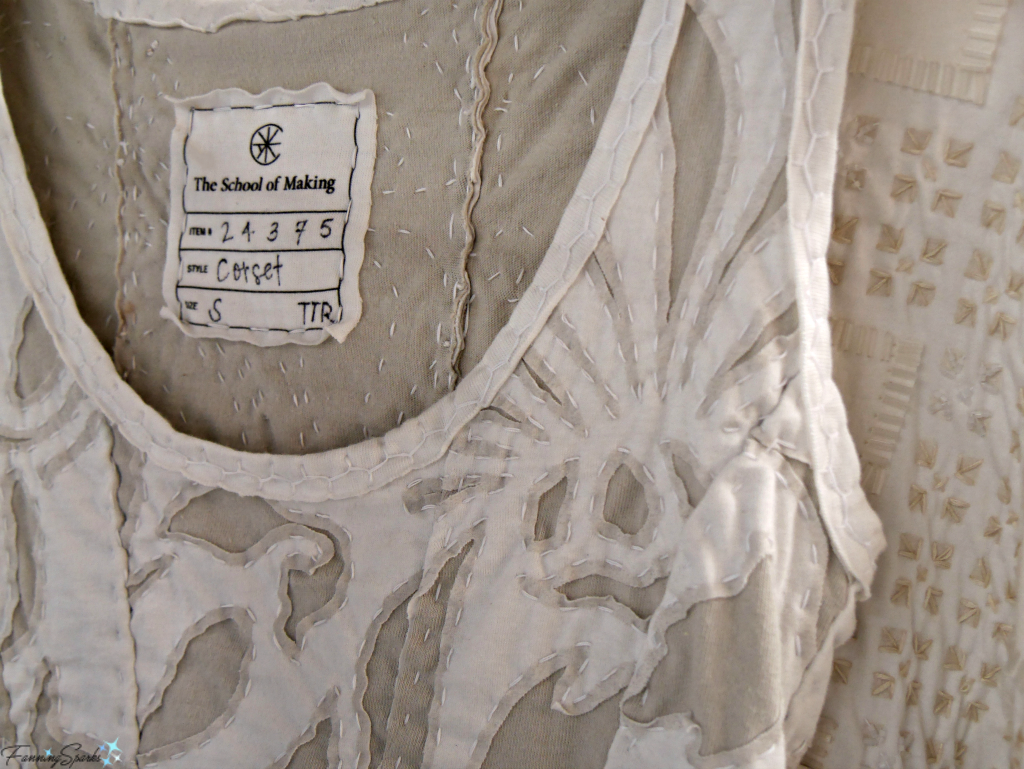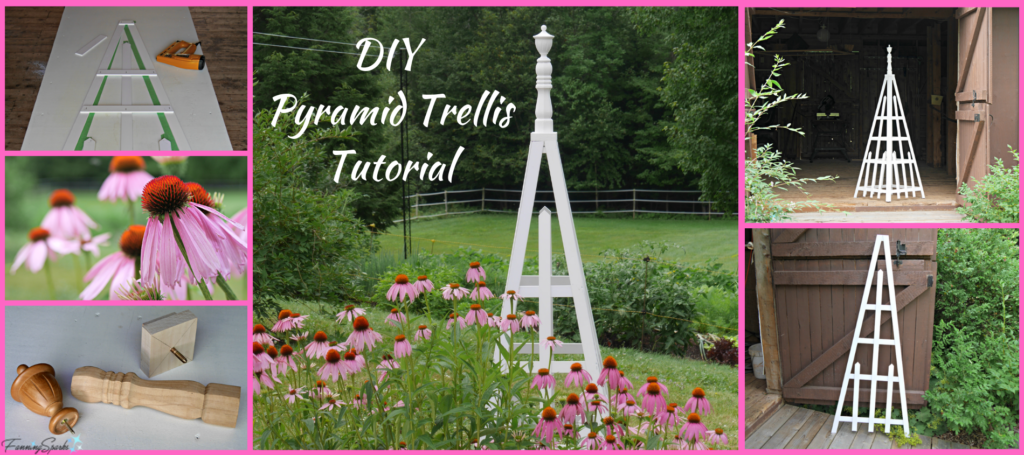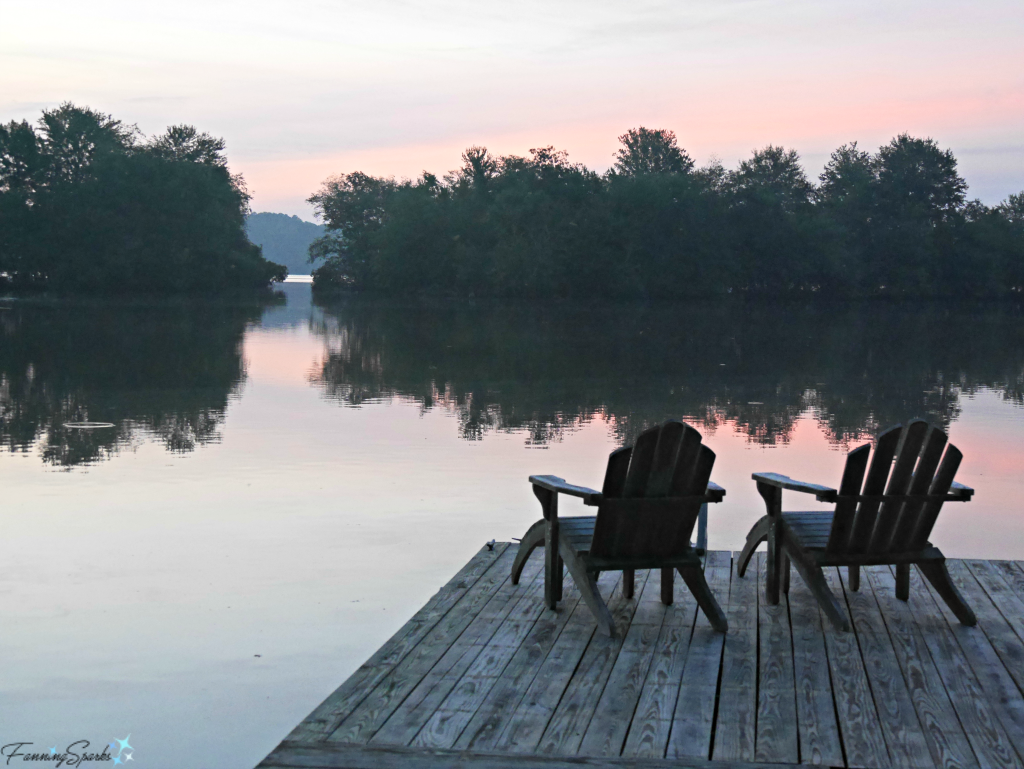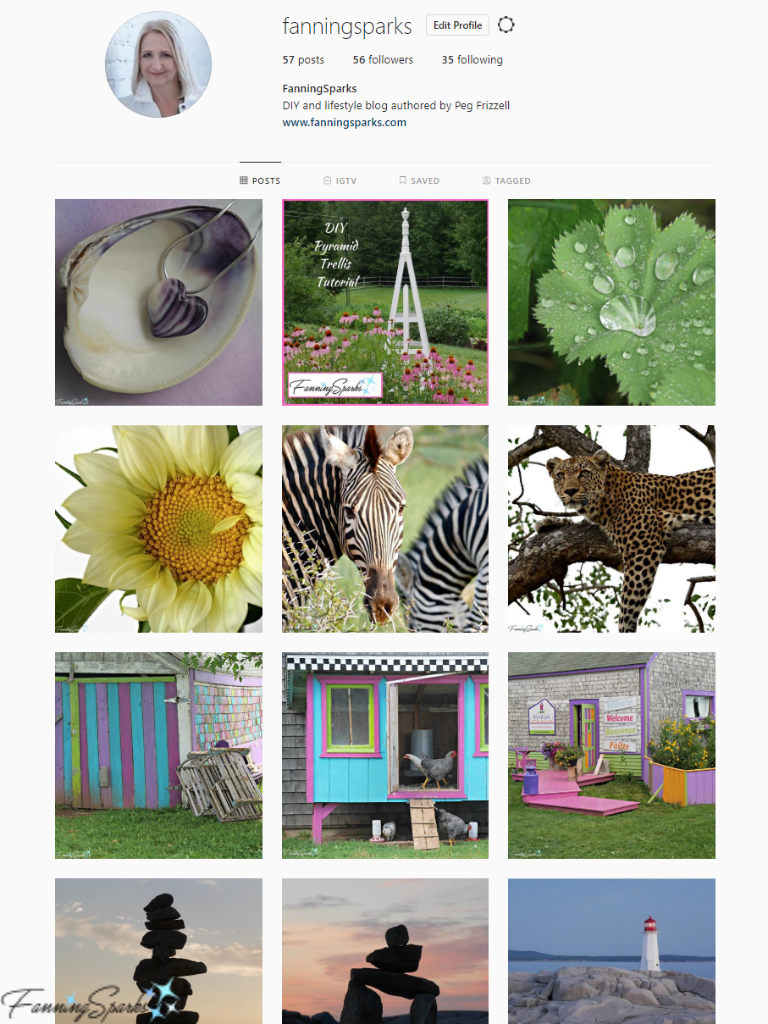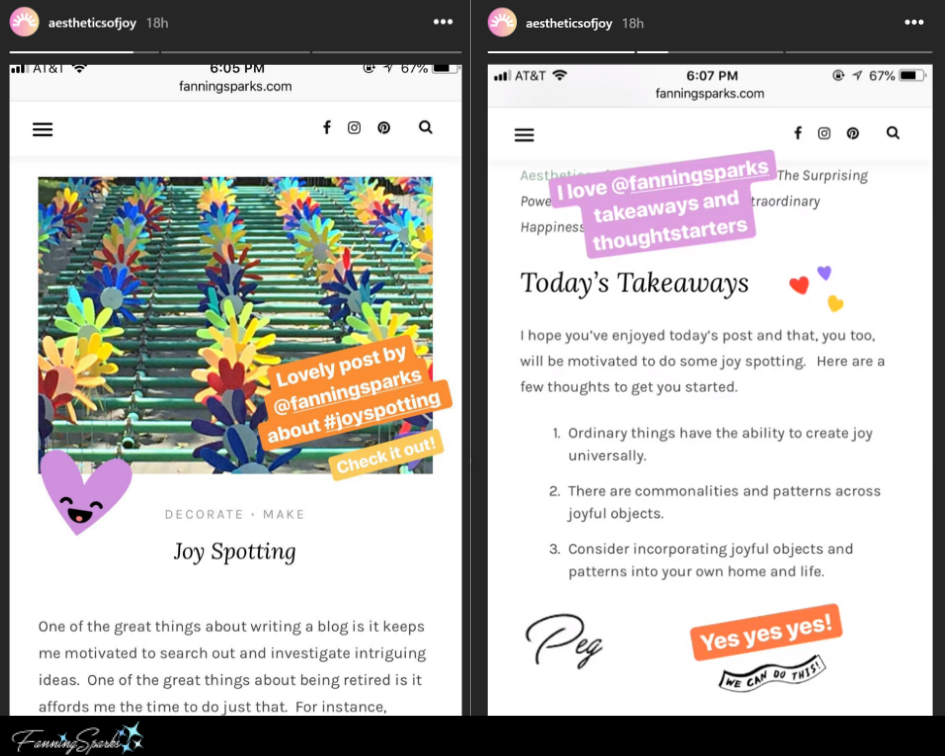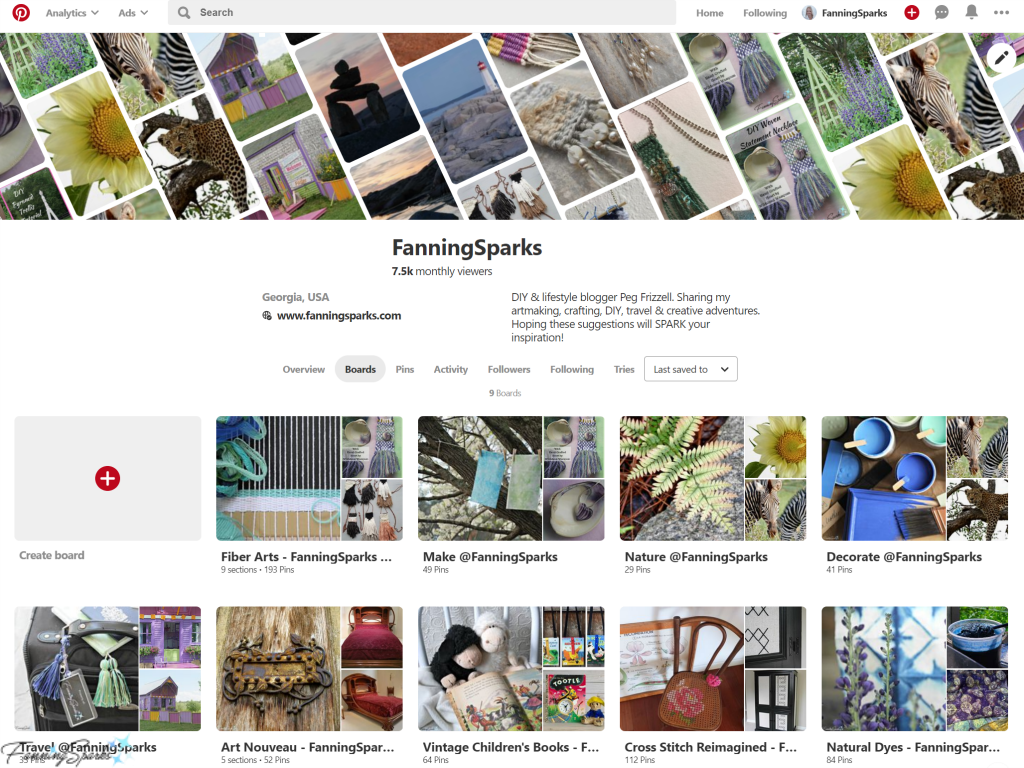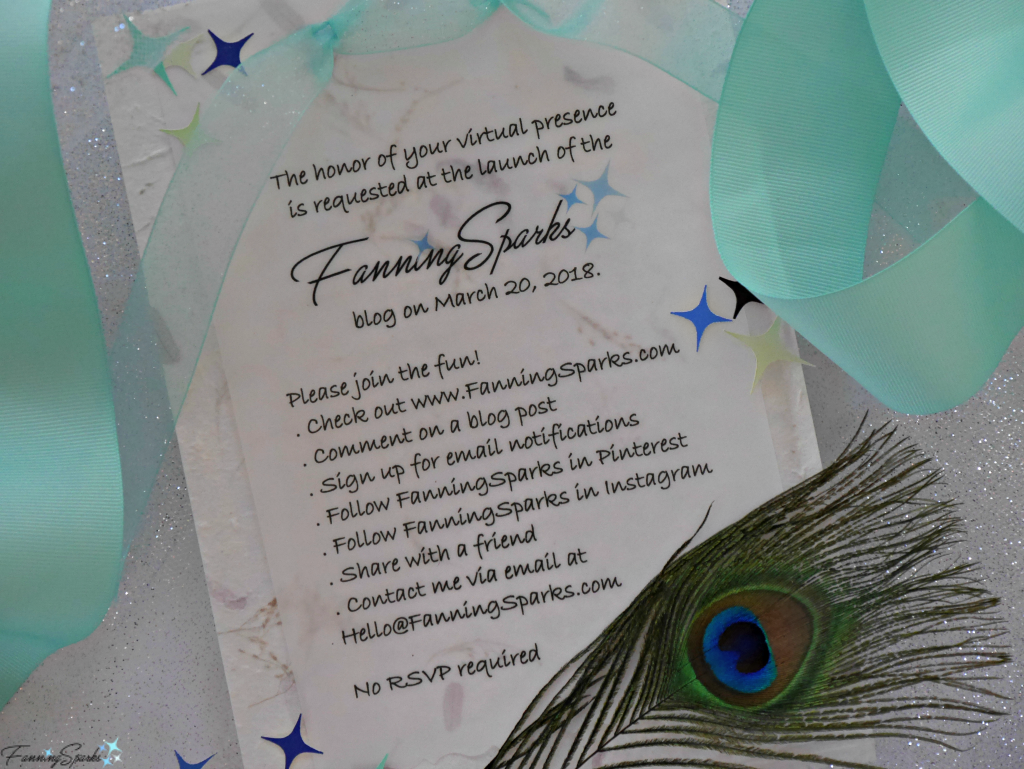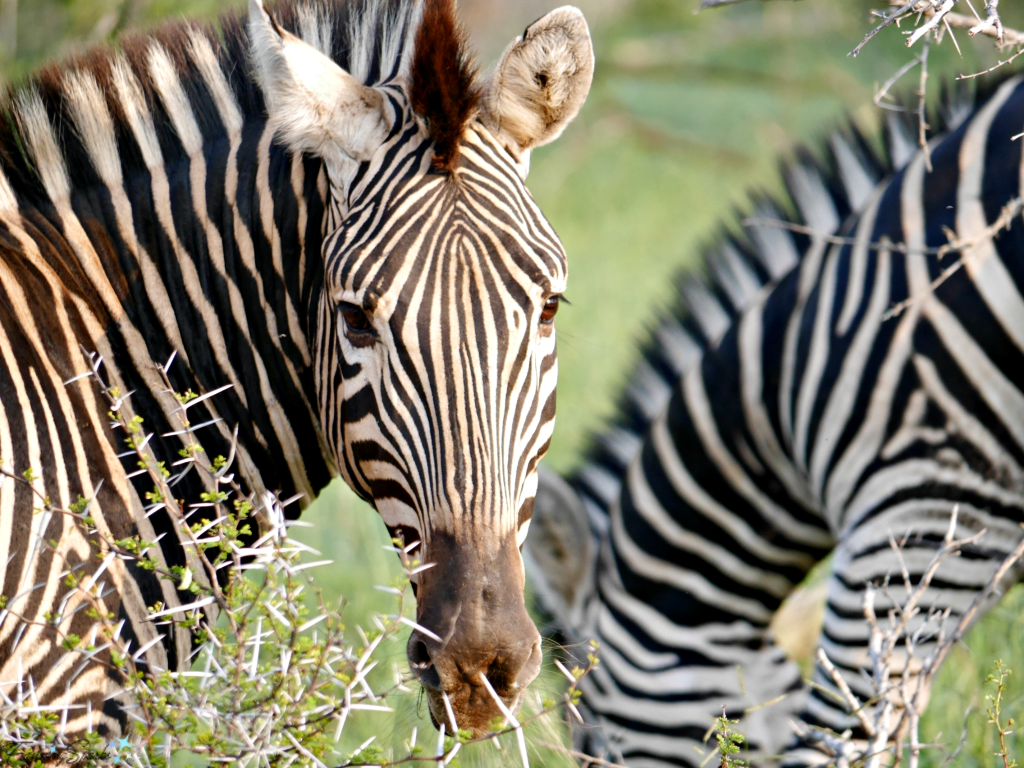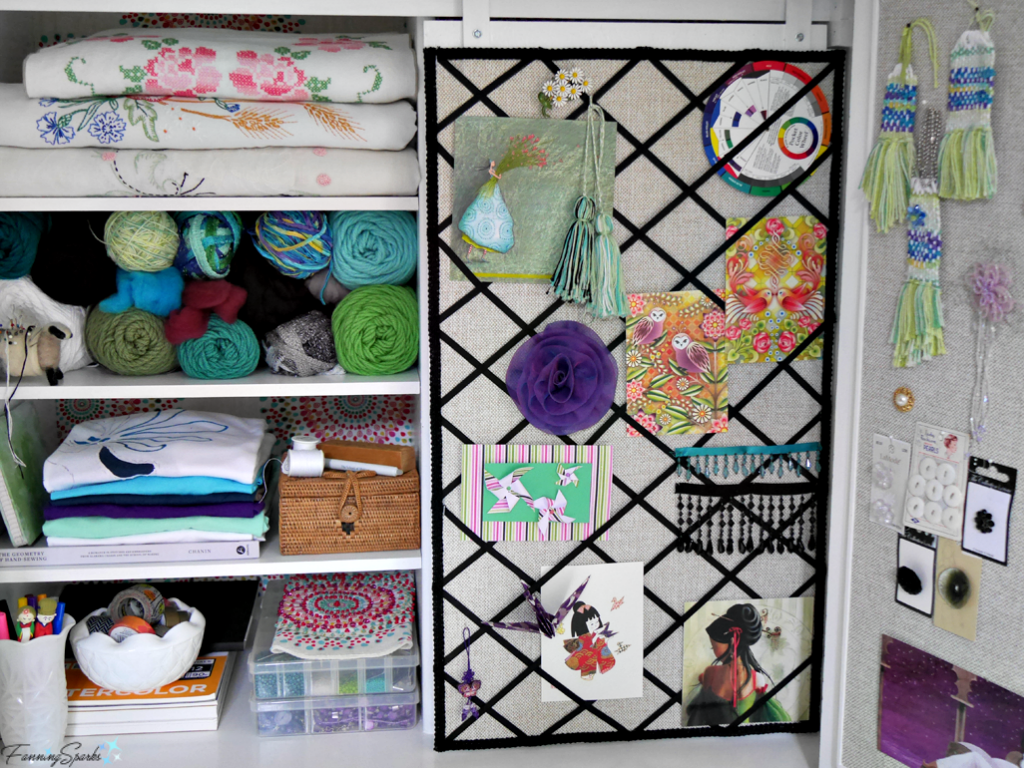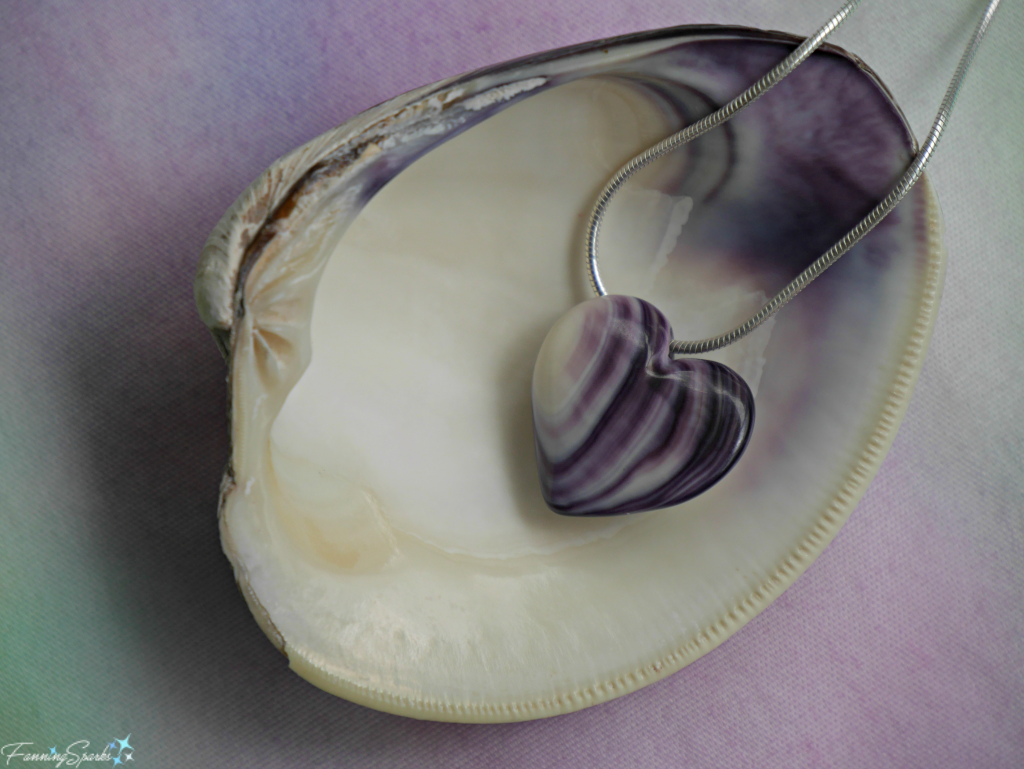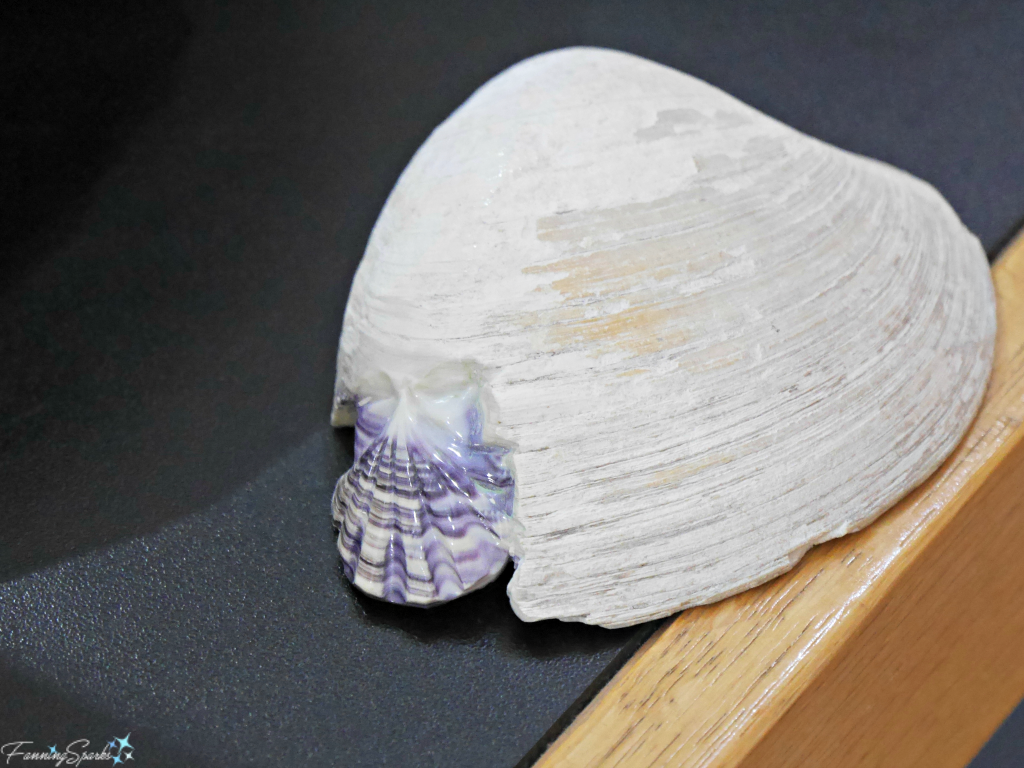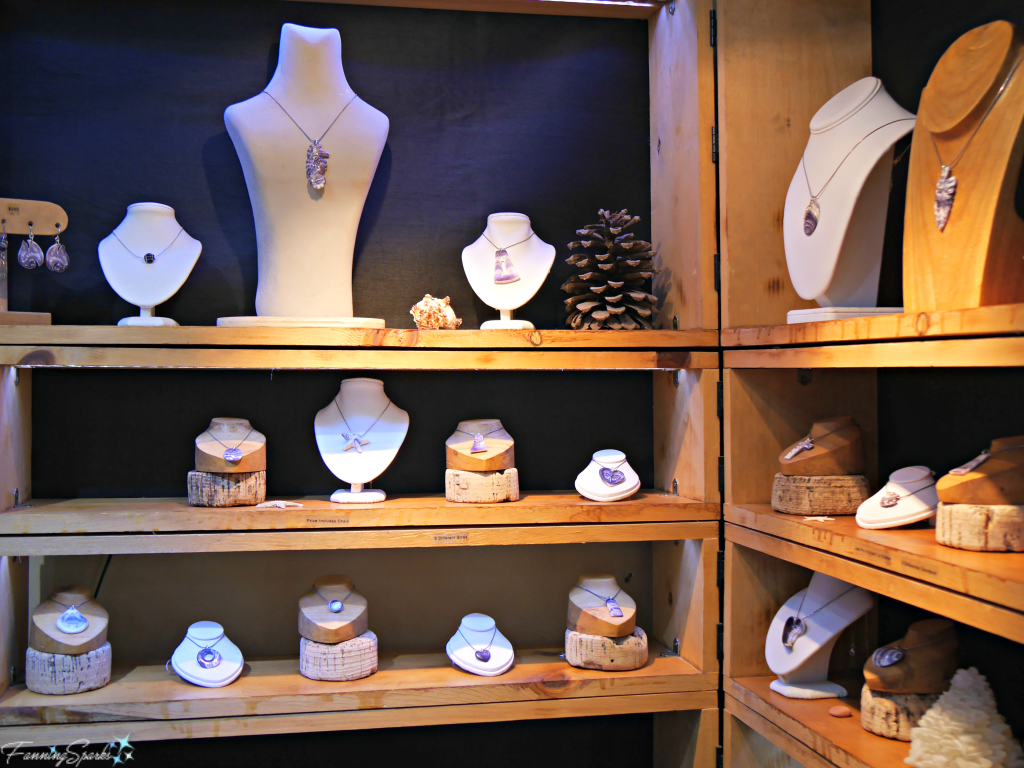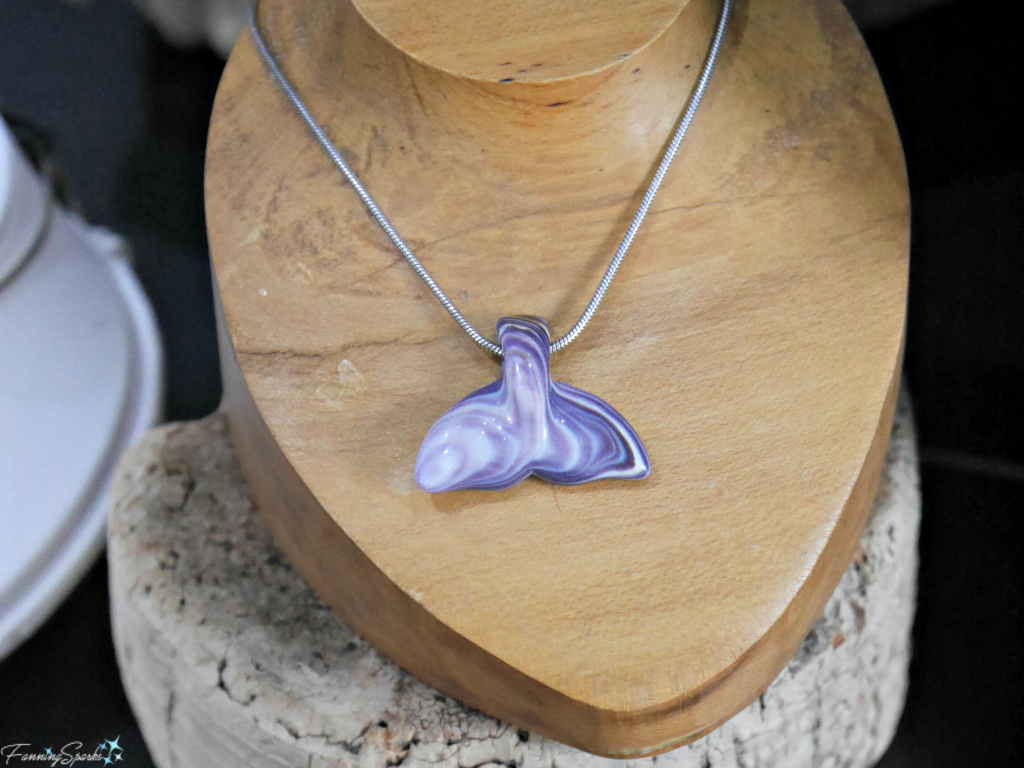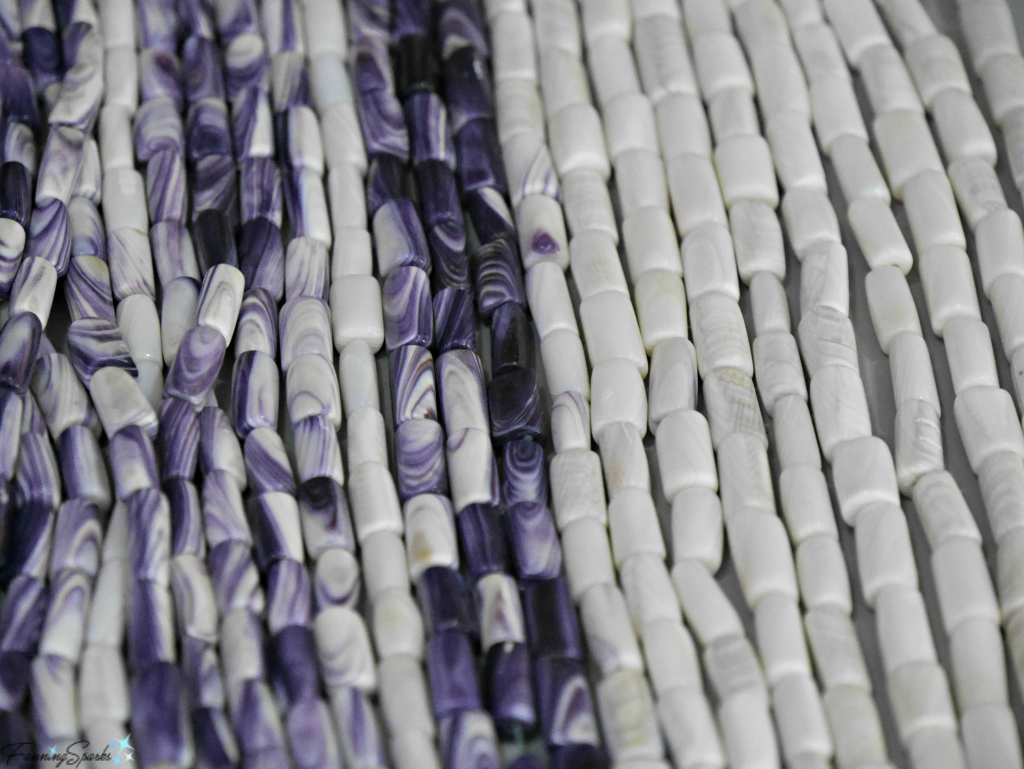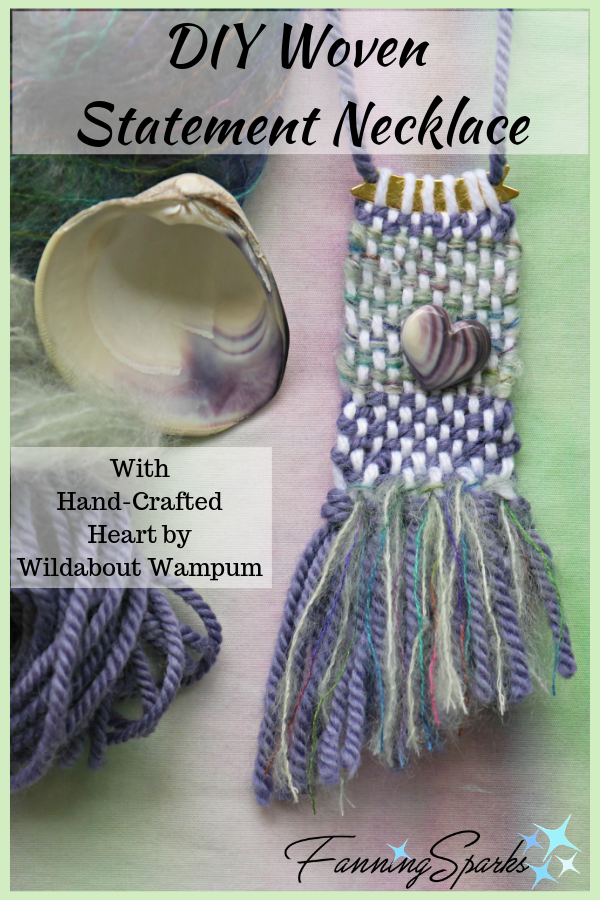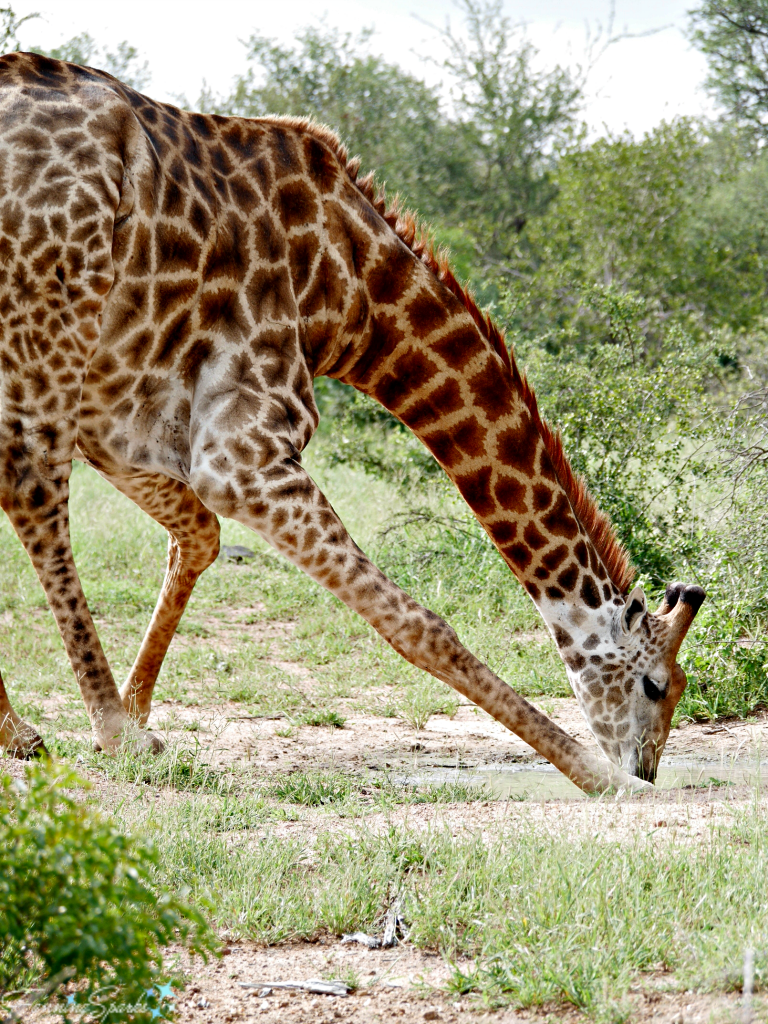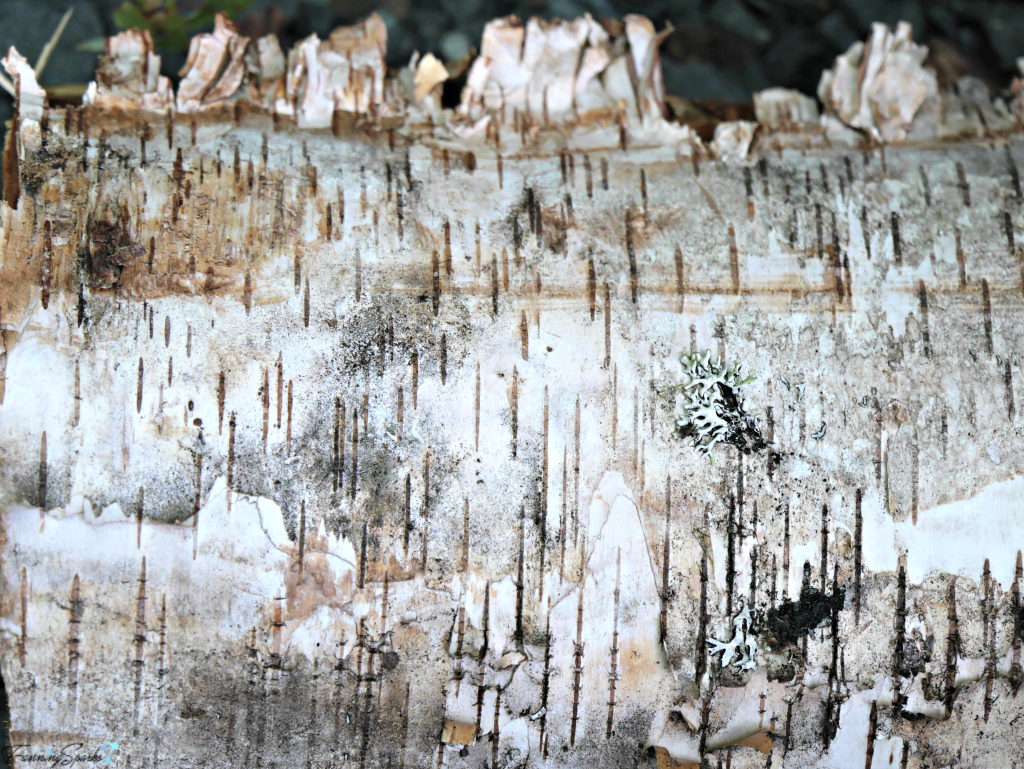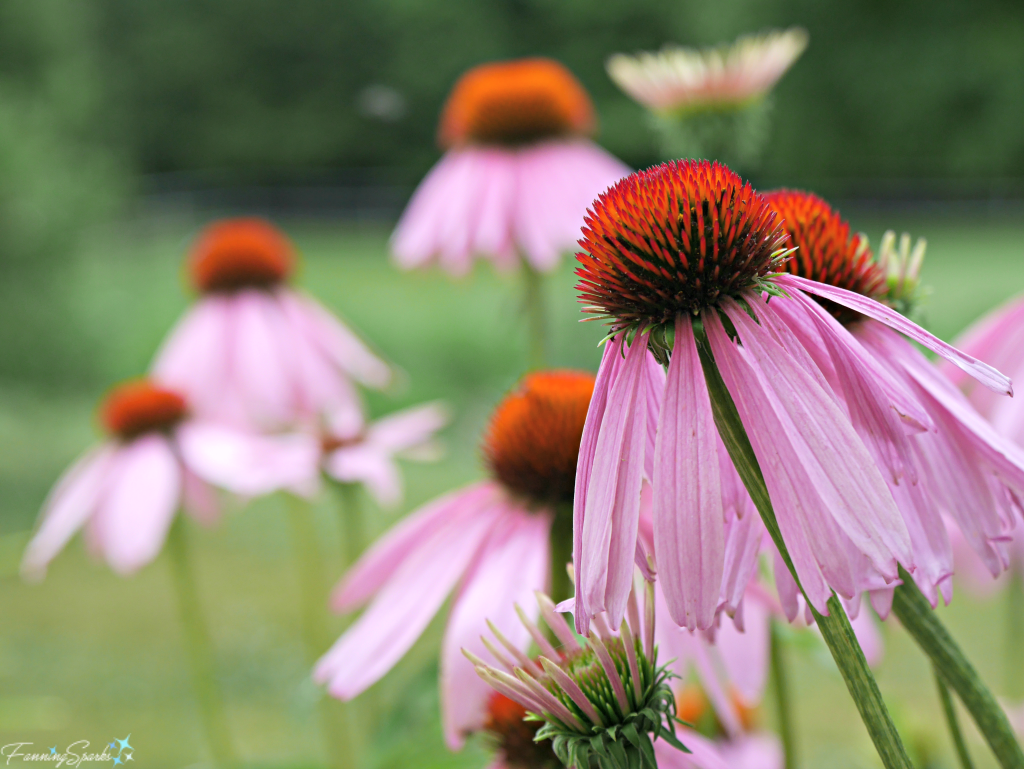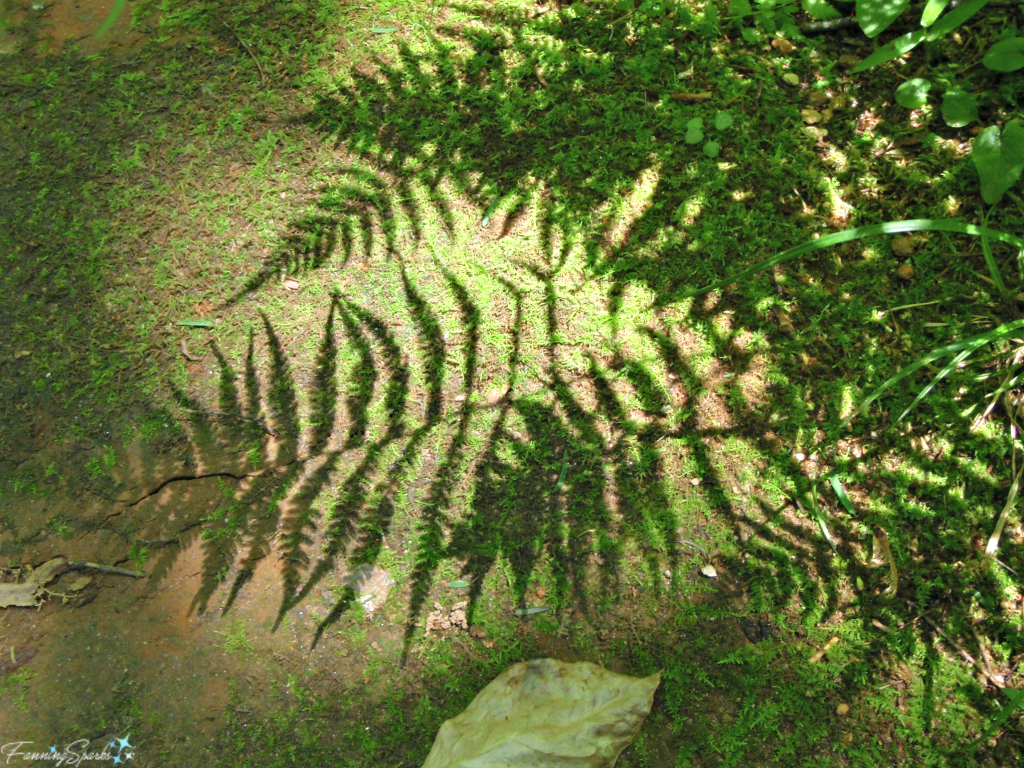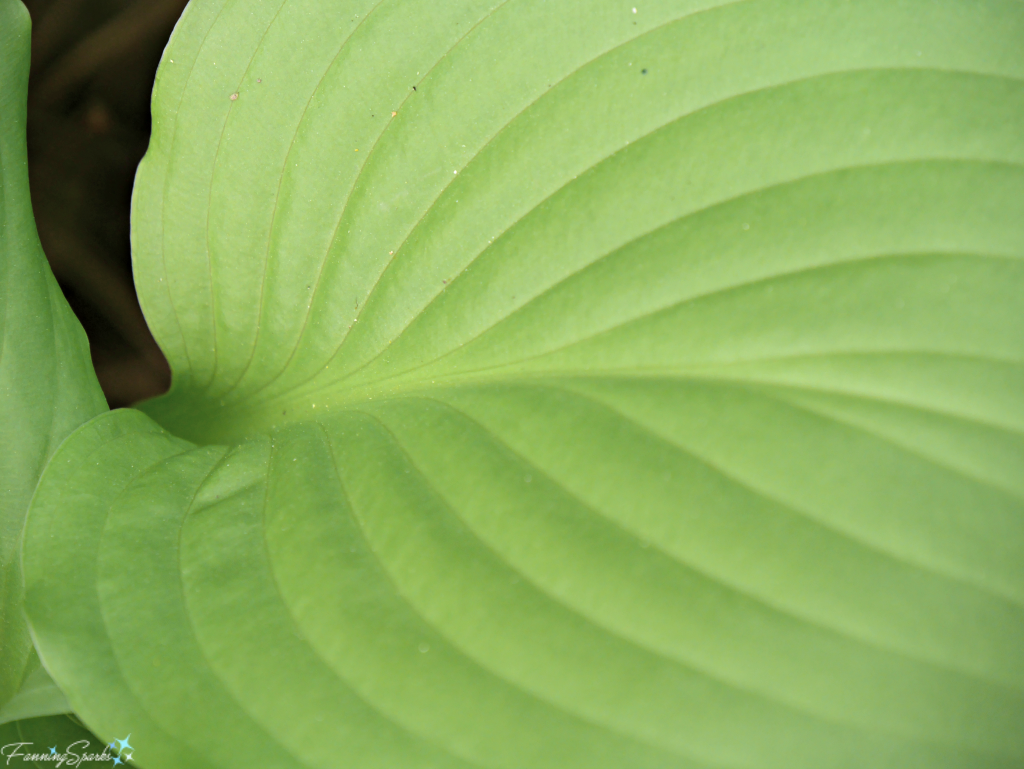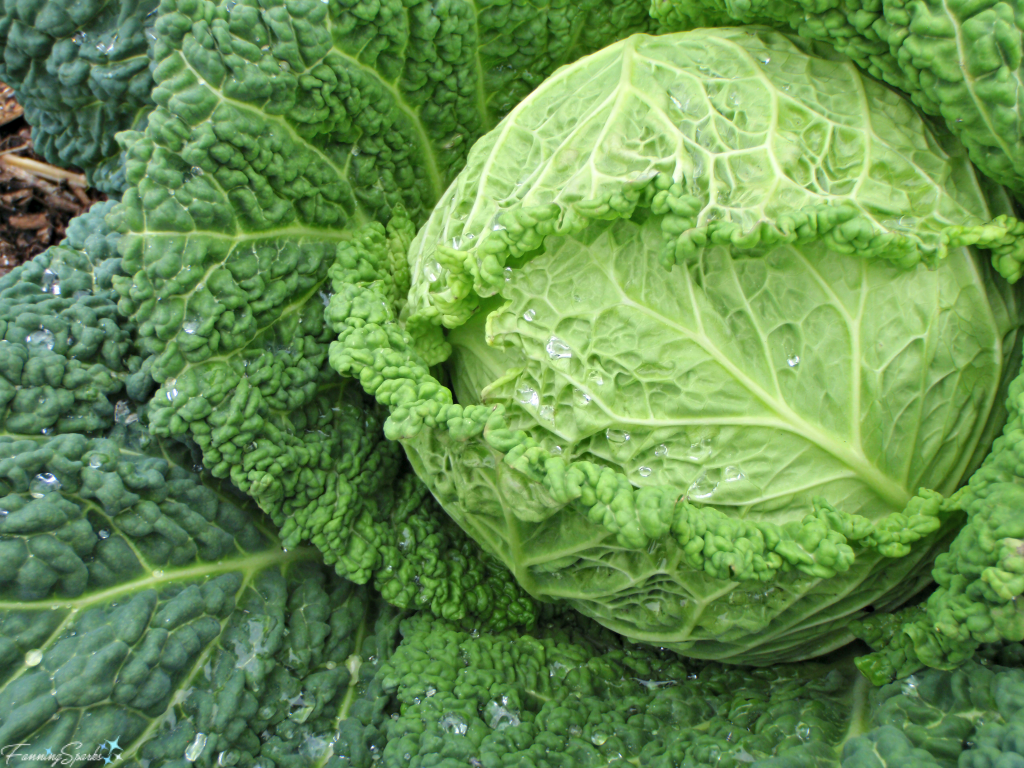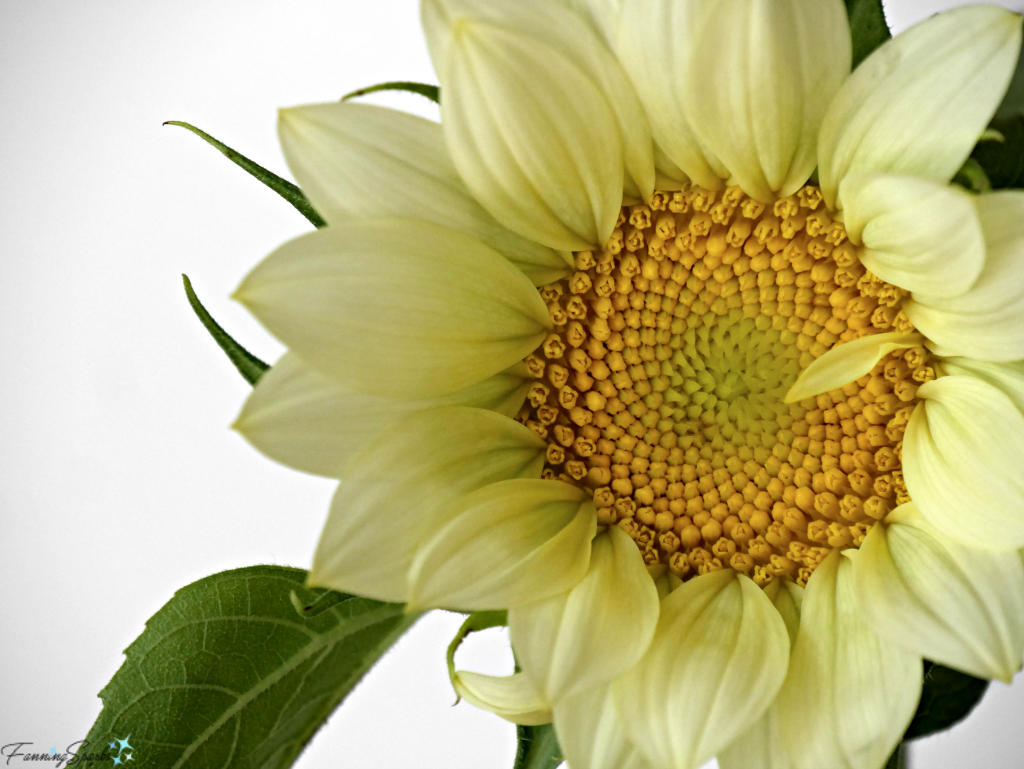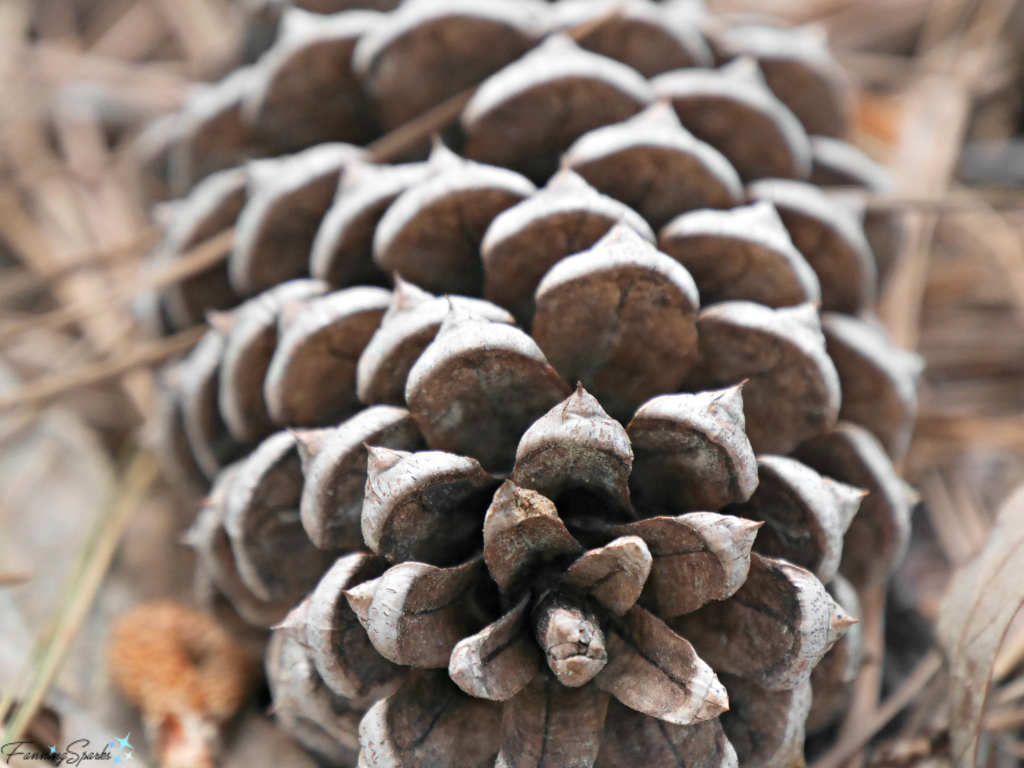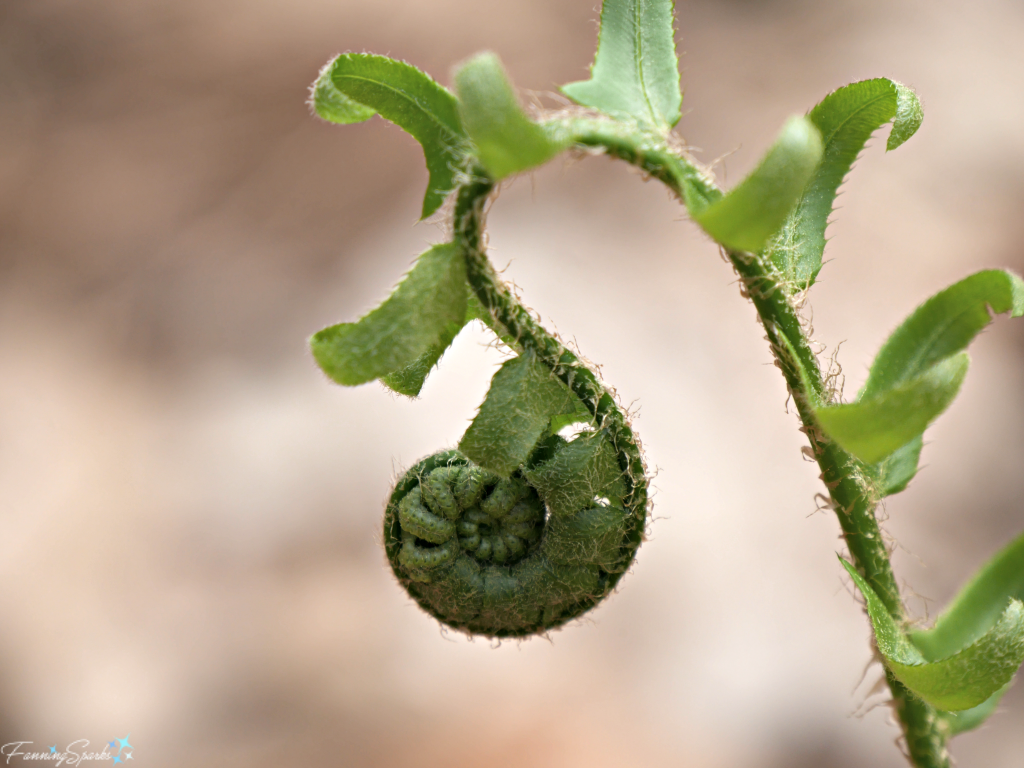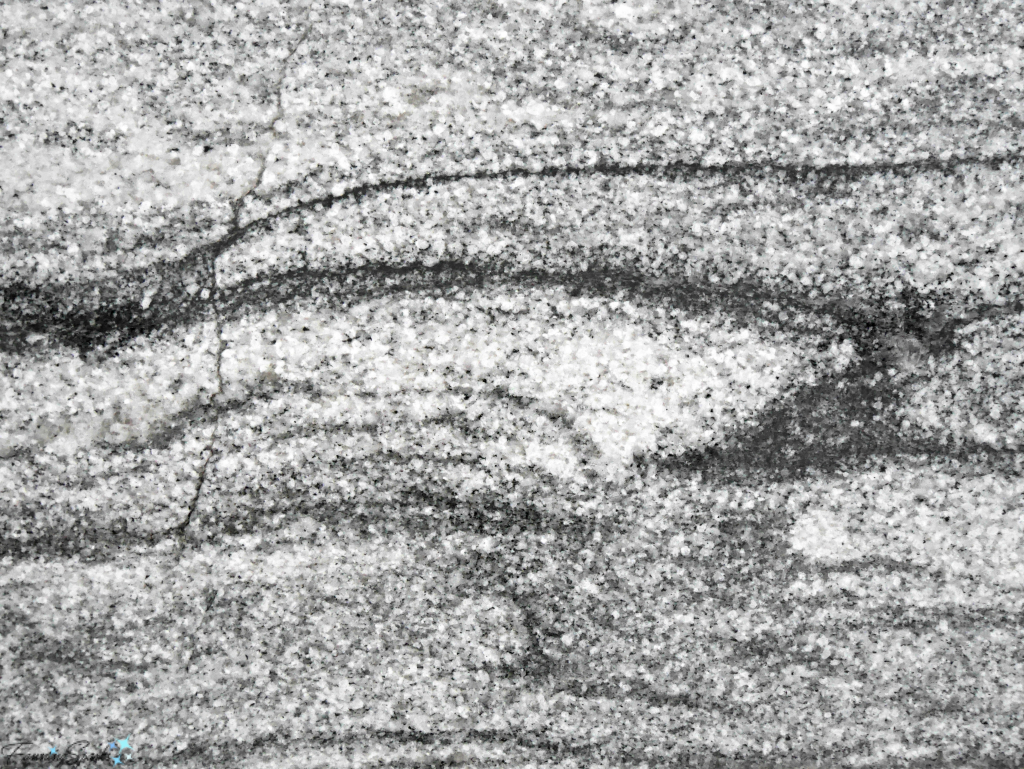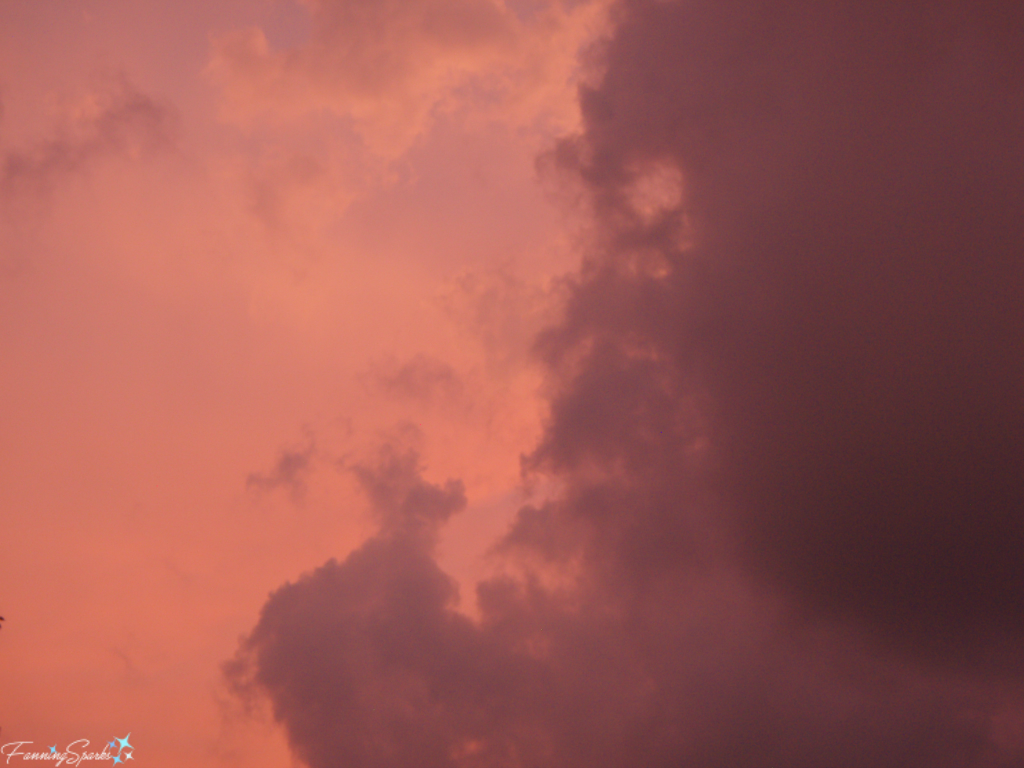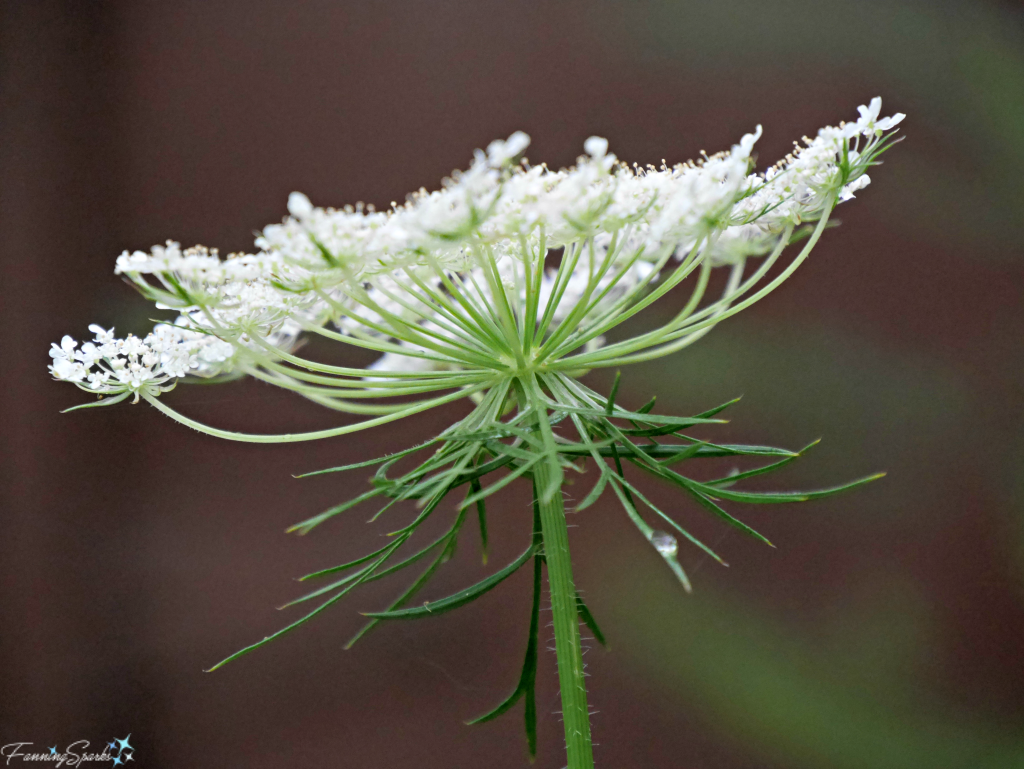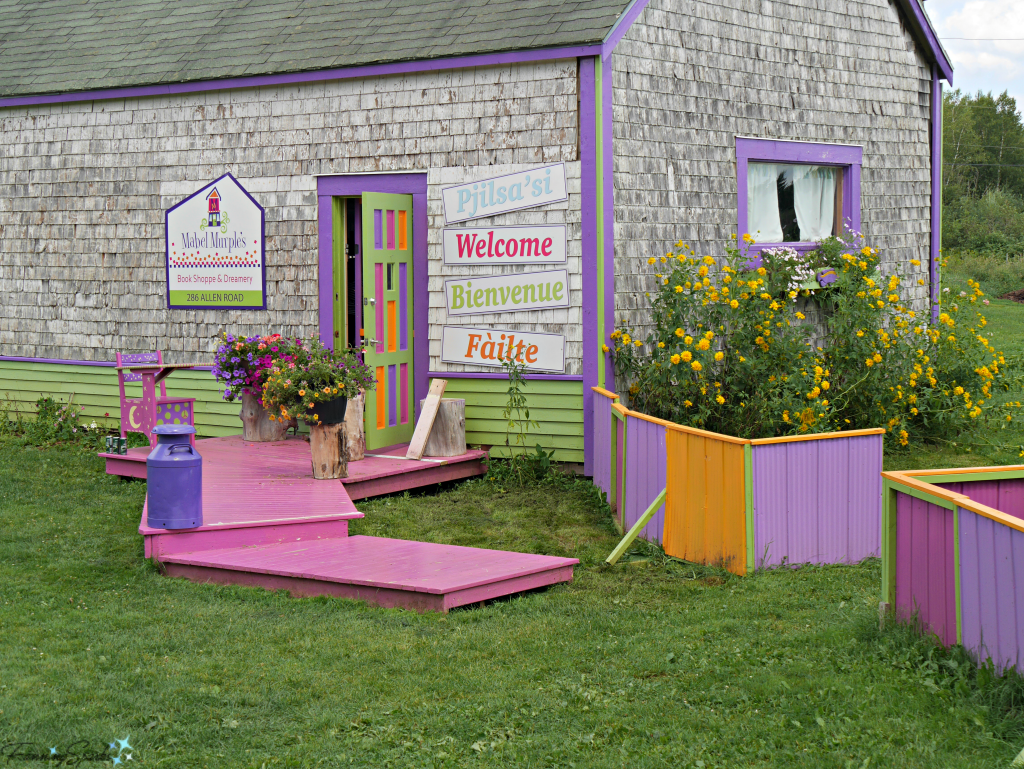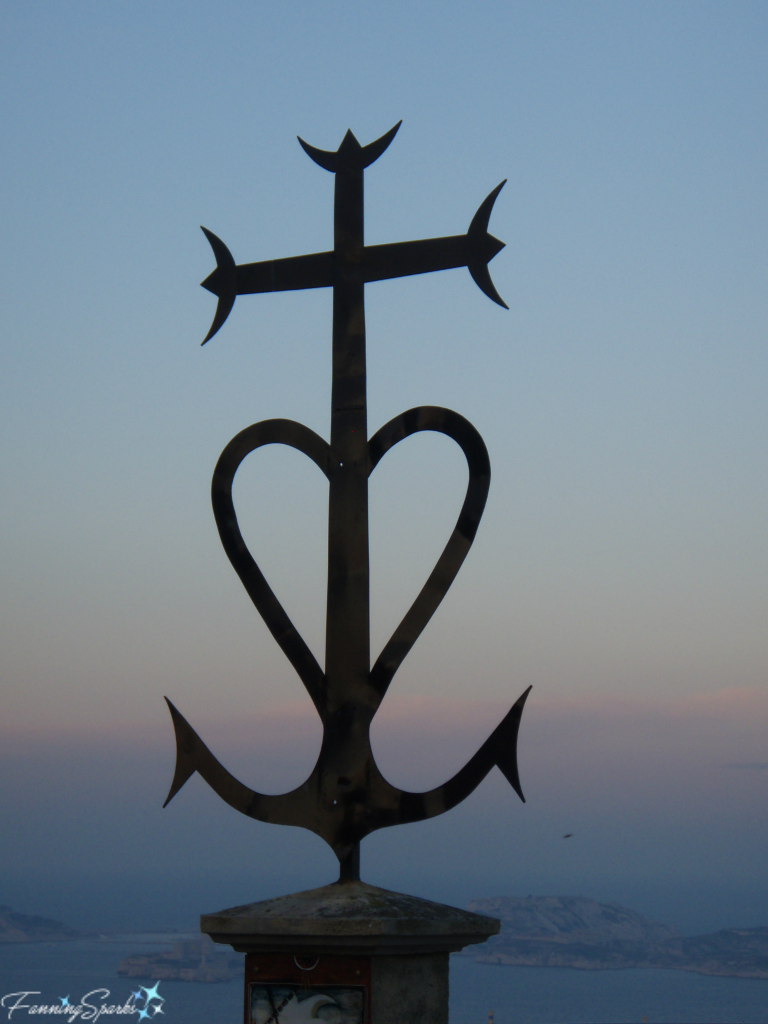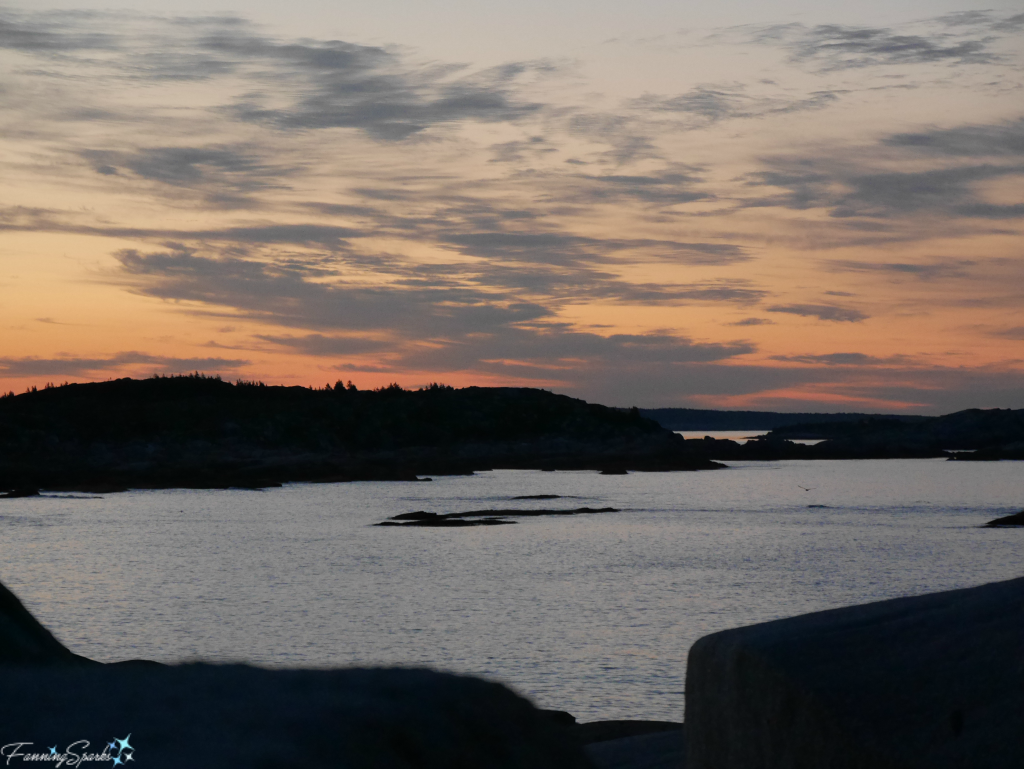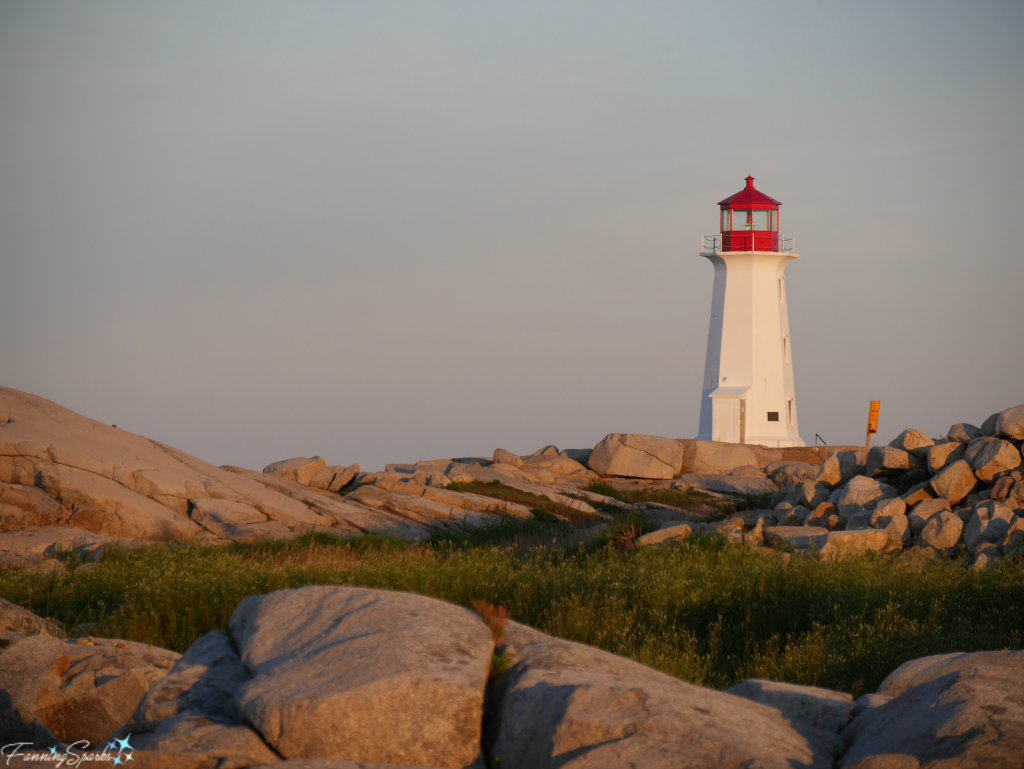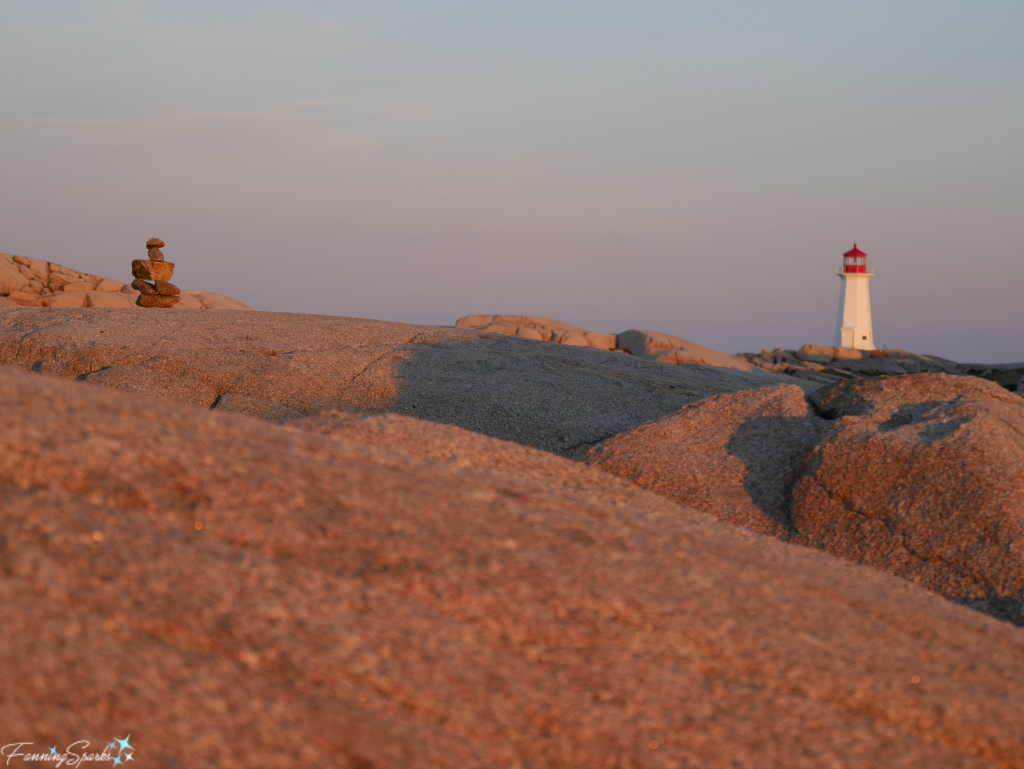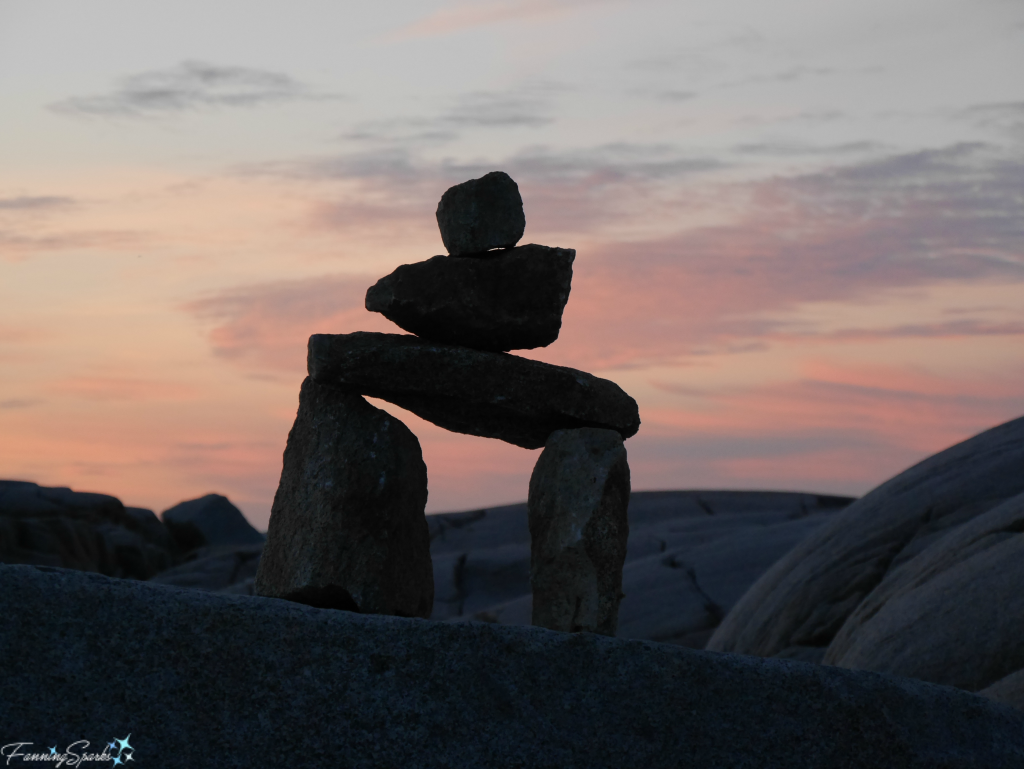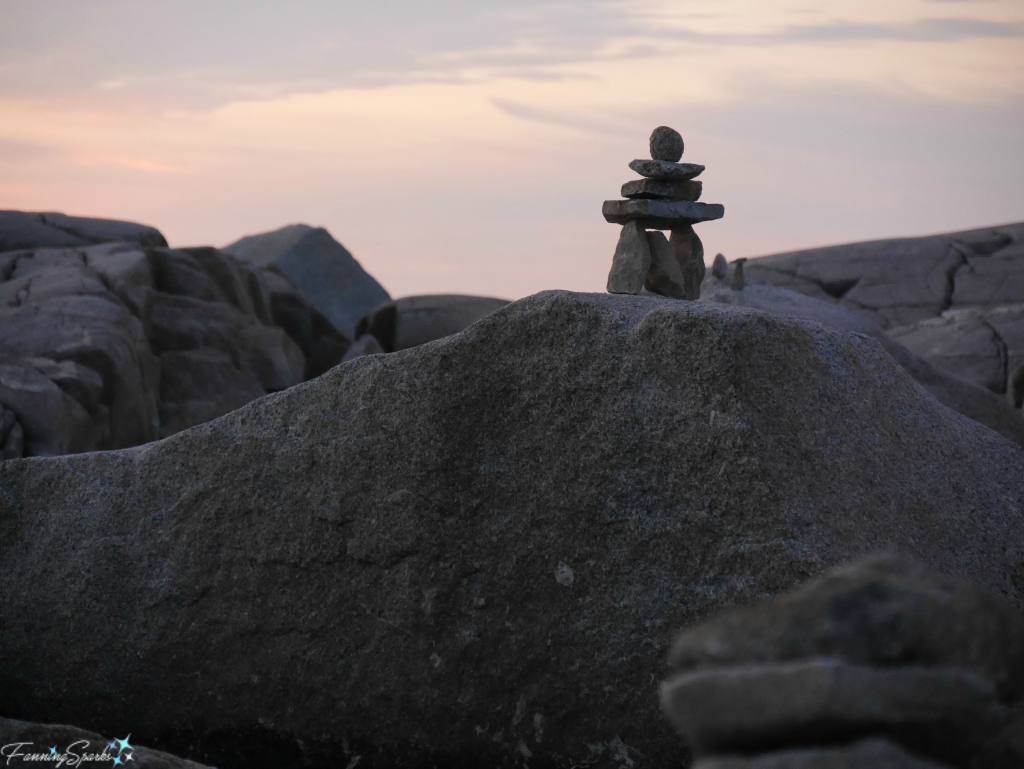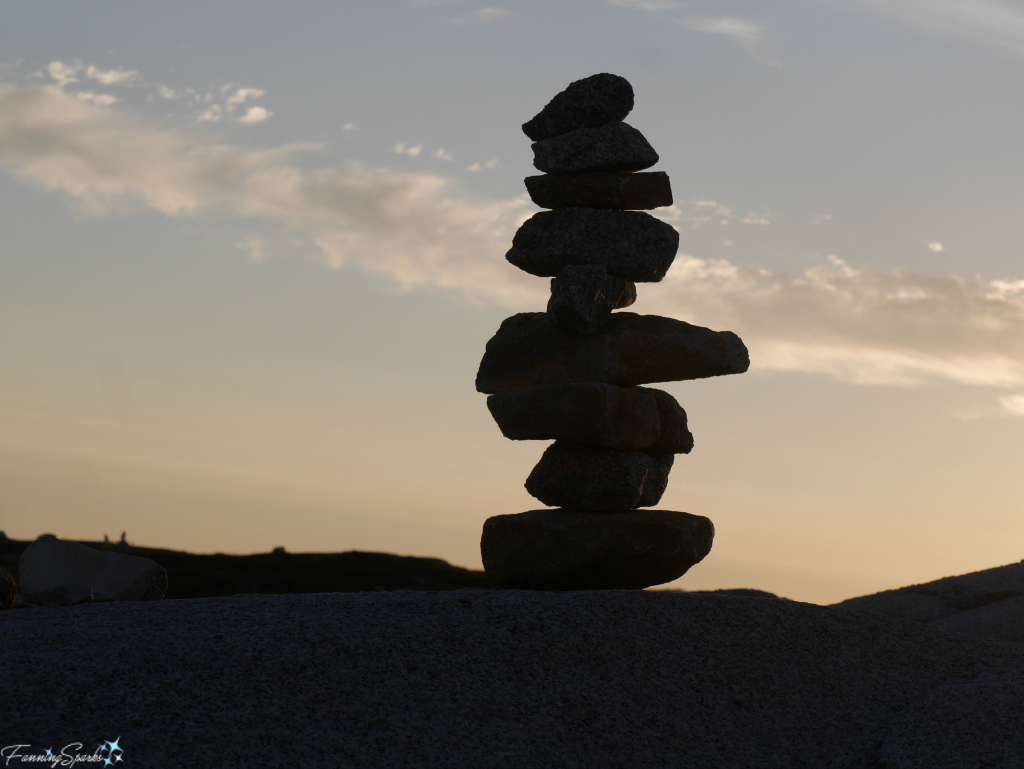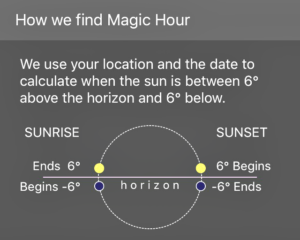A pyramid trellis, or tuteur, is the perfect way to add height to a garden space. Unlike a traditional trellis which requires a wall or other support, the pyramid trellis can be placed anywhere. A pyramid trellis can play a starring role with interesting design, materials and colors. Or it can play a supporting role and hold up climbing vines and flowers. Either way, a pyramid trellis can add character and interest to the garden.

A pyramid trellis is an easy project you can do yourself. Choosing a design that doesn’t require complex multi-angle cuts is the key to simplifying this project. It’s also a great opportunity to make something that’s unique and one-of-a-kind. Vary the materials, the dimensions and the colors to make it your own. I’ve made 4 pyramid trellises, 3 for myself and 1 as a gift. Today, I’m going to show you how to make your very own pyramid trellis. This is a substantial structure; it is nearly 6’ high and nearly 2’ square at the base. I created this step-by-step tutorial while making the below pyramid trellis as a surprise for my beloved sister.
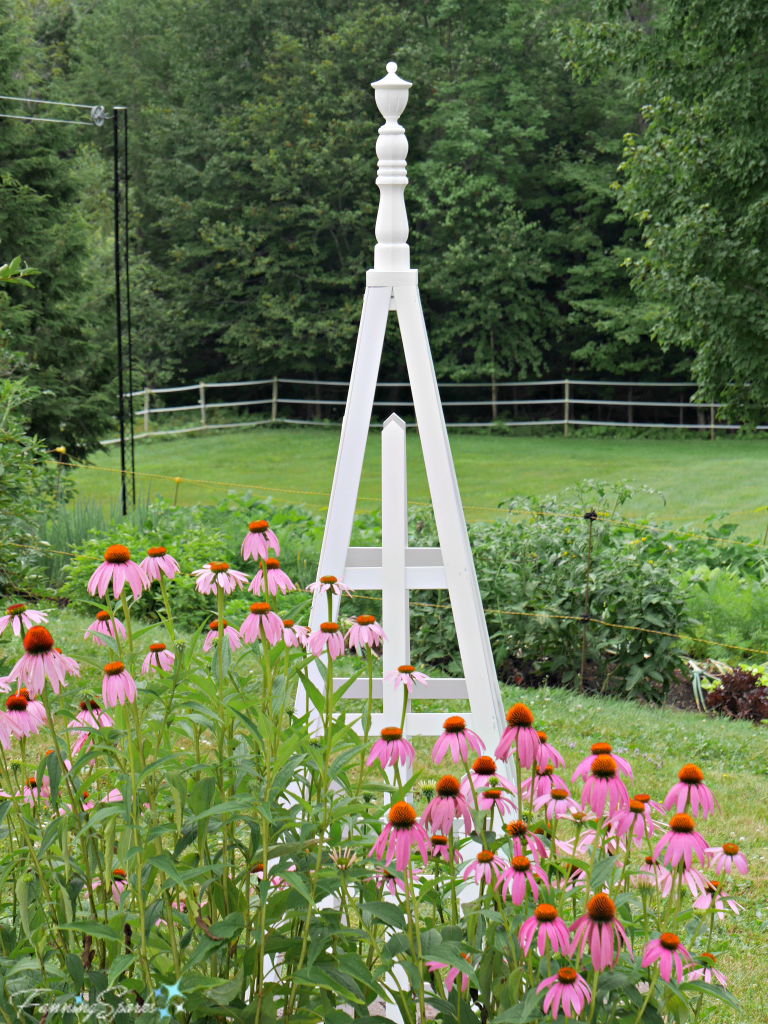
Materials/Supplies Needed
Lath Strips: 12 – strips of 7/32” x 1 ½” x 8’ long PVC Lattice Molding
The first three pyramid trellises I made were constructed from 6’ wood lath strips. I was able to buy these at my local Home Depot in Georgia. However I made the fourth pyramid trellis while visiting my sister in Nova Scotia and was only able to find wood lath strips in 4 foot lengths. I substituted 8’ PVC Lattice Molding for the wood lath. The PVC was considerably more expensive than the wood but comes prefinished and is very easy to work with. I’ll be showing the PVC version in this tutorial.
Finial: a decorative top about 1 foot high and no more than 3″ square at the base.
This is the fun part! Use your imagination to finish off the top of your pyramid trellis. I found the perfect resin finials at Hobby Lobby when I made my first three pyramid trellises (shown on green trellis in above photo). But they were no longer available and I had to get creative for this most recent version. I used a furniture leg of turned wood topped with a curtain rod finial. More details in the below tutorial.
Screws: 32 – size #4 ¾” flat wood screws
Screws: 4 – size #8 1 ½” flat wood screws
Screw Hooks: 4 – 1 ⅞” The screw hooks are big enough to slip over a piece of rebar which can be used to anchor your trellis.
Staples: 1 ⅜” long preferably rust resistant
Wood: 1 – 1″ x 4″ x 8″ long pine or other softwood
Tape: Masking or painter’s tape
Paint: Exterior paint in your desired color. Since I left this trellis pyramid white, I only needed to paint the finial and the anchors and to cover up the staples and screws.
Sandpaper:
Templates: Download the DIY Pyramid Trellis – Complimentary Download – Sept 2018 . See More Info below for an outline of the contents.

Tools / Working Space Needed
Jigsaw with an appropriate blade for cutting PVC or wood lath. Alternatively, use whatever saw you have available and are comfortable using.
Drill with appropriate bits for the screws and screw hooks.
Staple Gun: An electric staple gun is ideal but a manual staple gun would also work.
Paint Brush and any other painting supplies needed.
Clamp
Tape Measure
Pencil
Work Surface: 58” by 25”
Barn: You may also want to borrow your sister’s cool barn to work in but obviously that’s optional.
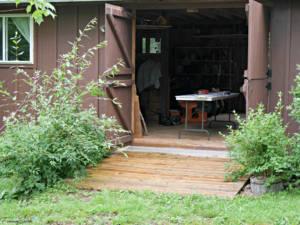
Assembly
At a high level, the construction process is quite straightforward. Cut 40 pieces of wood lath to the specified lengths. Lay the parts on a large flat surface to staple together into 4 identical sides. Stand up the 4 sides into a square and connect. Cut and attach the parts for the finial and the anchors. Here are the detailed step-by-step instructions.
Step #1 Cut Lath Strips
There are several guides included in the DIY Pyramid Trellis Download file to assist you with this step. Print the Templates for Angled Cuts and the Templates for parts H, I, J, K on heavy paper. Ensure they printed to the intended size and cut out. If the template pieces are not the intended size, you may need to adjust your printer settings (see instructions on the cover page in the download file).
Review the Cut Plan and Part List. The Part List shows the specifics of each part to be cut including the length, quantity and angled cut instructions. Note the “How to Cut Ends” column. Some ends are straight, others are cut at a 10°angle and others are cut into a picket shape with 45° angles. The ends may be parallel or non-parallel. The angles of the Legs (Part A) must be parallel. The angles of the Crosspieces (Parts B-E and H) must be non-parallel. See the Angled Cuts Guidance for diagrams of parallel and non-parallel cuts. Take care to cut all ends as indicated.
The Cut List shows which parts to cut from each 8’ length. It is color-coded to match the Part List.
Mark each piece with the part letter.
Sand all cuts. You should have 40 parts at this stage.
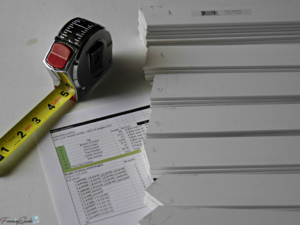
Step #2 Prepare Work Surface
Select a large, flat work surface at least 58” by 25”. Use masking or painter’s tape to mark a triangle on the surface as follows. Choose one 25” edge to be the bottom of the triangle. Mark the center of this edge. Measure and mark 10” to the left and right of center. Label these as A. Measure and mark 56 ⅞” up from the center of the bottom edge. This will be the peak of your triangle. Next mark the 4 crosspieces. Measure up from the bottom edge and mark as follows:
At 4 ⅛” from bottom, mark B.
At 18” from bottom, mark C.
At 28 ⅝” from bottom, mark D.
At 38 ¼” from bottom, mark E.
Run pieces of tape from each side of the bottom of the triangle (marked A) to the peak. It’s not necessary to have these lined up perfectly since the lath strips will be straight. Place a mark at each of the above points along both sides of the triangle. Your work surface should look like this:
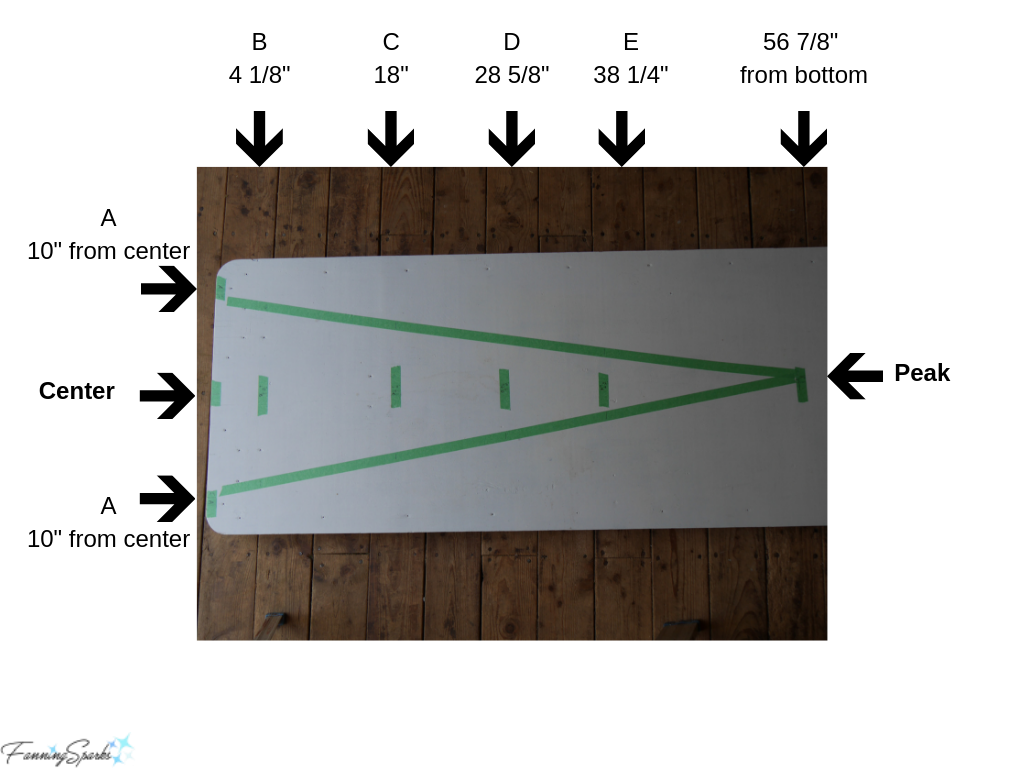
Step #3 Assemble Pyramid Sides
Align the lath strips with the markings on your work surface. Note you’ll be placing the front side of your lath strips down on the work surface and working on the back sides. Start with the legs which are the outside angles of your triangle. Place one Part A along the right side. At the bottom of the triangle, align the inside edge of Part A at the 10” mark and ensure the angles match. At the top peak of the triangle, align the inside edge of Part A with the inside edge sitting on the center mark. You may wish to tape the part to your work surface to keep it in place. Repeat this same procedure with another Part A on the left side of the triangle.
Attach the top crosspiece Part H. The short edge should align with the top of the two Part As. The sides of crosspiece H should be indented by the thickness of your lath. Use a scrap piece of lath to check this alignment as shown below (note the photo doesn’t show Part H). Staple Part H in place.
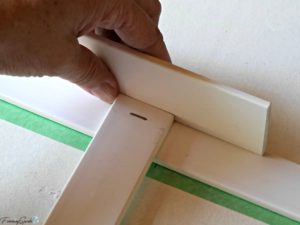
Attach the bottom crosspiece Part B aligning the top edge with your 38 ¼” mark. The sides of Part B should be indented in the same way as Part H. Staple in place.
Attach the remaining 3 crosspieces – Parts C, D and E – in this same manner.
To attach the pickets, remove the partially assembled pyramid side from the work surface. At the bottom of your triangle, measure 4 ⅞” from the center line to the right. Taking care to align with the bottom edge of your work surface, place a piece of tape at the 4 ⅞” spot, mark and label G. Repeat this step to the left of center.
Place the pickets on your work surface. Align the long center picket – Part F – with the center marks keeping the bottom end one-tape-width up from the bottom edge. In the finished pyramid trellis only the legs – Parts A – touch the ground. As shown below, align the center of one of the short pickets – Part G – with the 4 ⅞” G mark keeping the bottom end one-tape-width up from the bottom edge.

The picket should be parallel to the long center picket (part F). Repeat this step with the other short picket – Part G. Place the partially assembled pyramid side back on the work surface with the front side facing down (the same way as it was constructed). In this way, all staples enter from the back and will not show on the front of the pyramid trellis. Ensure the pickets remained in position. Staple all 3 pickets in place.
At this point, your pyramid side should look like this on the work surface…
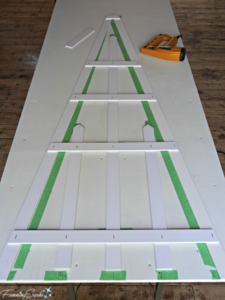
…and like this when standing:
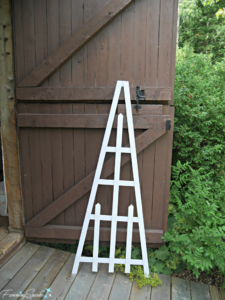
Assemble the other 3 pyramid sides following step 3.
Step #4 Paint Pyramid Sides
Clean up the parts by removing labels and erasing marks. If your wood isn’t finished, this is the time to paint. It’s much easier to paint the pyramid sides before they’re fastened together. At this point, you should have 4 finished sides like this:
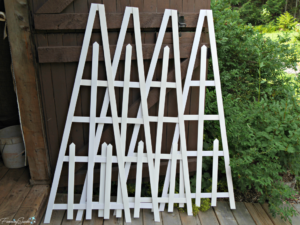
#5 Assemble Pyramid
The next step is to attach the 4 sides into a pyramid. Use tape to temporarily hold the sides together while you’re working.
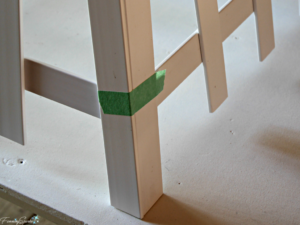
The trick is to alternate the sides so they overlap… one end is over and the other end is under. See the Pyramid Assembly Detailed Diagram in the DIY Pyramid Trellis Download file for details. Use small wood screws (#4 ¾” long) to fasten at every crosspiece and leg juncture. Be sure to drill pilot holes first. Optionally, you may wish to staple the sides together before screwing them.
Your pyramid should be quite firm at this point but the next two steps will strengthen it substantially.
Step #6 Finish the Top
Use templates I and J from the DIY Pyramid Trellis Download file. The small square (Part J) should fit snuggly inside the top of your pyramid. The large square (Part I) should sit on top of the pyramid and align with the sides. Make any necessary adjustments to the templates. Use the templates to cut two squares from the 1″ x 4″ x 8″ wood.
Mark the center of the two squares. Center the small square on the large square and attach with #8 1 ½” wood screws as shown below.
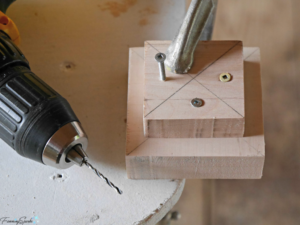
The next step is to add your finial. As noted in the Materials/Supplies Needed list above, this is where you get to be creative and put your personal mark on your pyramid trellis! The actual parts you use for the finial will dictate how to attach it. With my first pyramid trellises, I drilled a hole in the top squares and inserted a dowel to hold the finial. On the pyramid trellis in this tutorial, I used wood screws to attach the curtain finial to the turned furniture leg and then screwed that into the top squares.
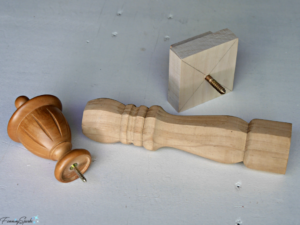
It looked much better after assembly and a little paint:

Insert the top squares (and your finial) into the top of the pyramid, pre-drill and screw in place through the top crosspiece.
Step #7 Add Anchors
This is the final step. To be honest, my first pyramid trellises don’t have anchors. I learned the hard way, wind will blow over these pyramid trellises if they’re not tied down. Adding anchors to the bottom of the legs makes it easier to ground them. The idea is to insert small triangular supports with screw hooks in the bottom of each corner where the legs come together. After placing your pyramid trellis in the garden, slip pieces of rebar through the screw hooks and drive the rebar into the ground.
Use template K from the DIY Pyramid Trellis Download file to cut 4 triangles from the 1″ x 4″ x 8″ wood. Paint if needed. The anchor pieces will look like this.
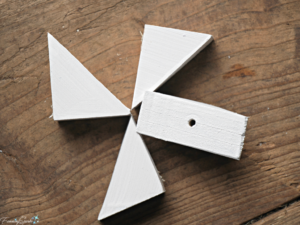
Insert a screw hook into the long edge of each triangle. Be sure to pre-drill so the wood doesn’t split. Then slip the anchor piece into the bottom corner where the legs come together, pre-drill and screw in place.
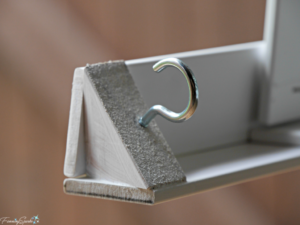
That’s it! Your pyramid trellis is done! But the fun’s not over yet; now you get to decide where to put it! Or in this case, my sister gets to decide.
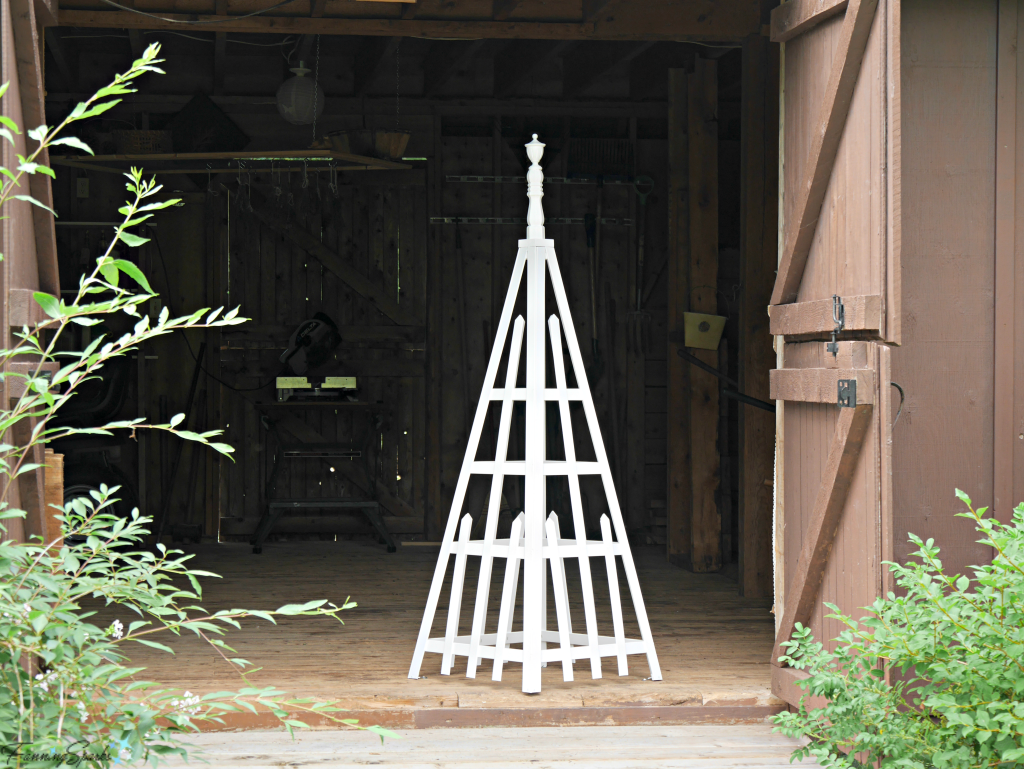
More Info
Be sure to download the DIY Pyramid Trellis – Complimentary Download – Sept 2018 for the guides mentioned in the above instructions. The following are included:
1. Angled Cuts Guidance
2. Templates for Angled Cuts
3. Templates for Parts H, I, J, K
4. Cut Plan and Part List
5. Pyramid Assembly Detailed Diagram (for Step #5)
Special thanks to the folks at This Old House for the post How to Build a Pyramid Trellis which inspired the version I shared today.
Today’s Takeaways
- A pyramid trellis can add character and interest to the garden.
- A pyramid trellis is an achievable project to do yourself.
- This pyramid trellis can be customized. Change the color, size, design and finial to make it your own.




